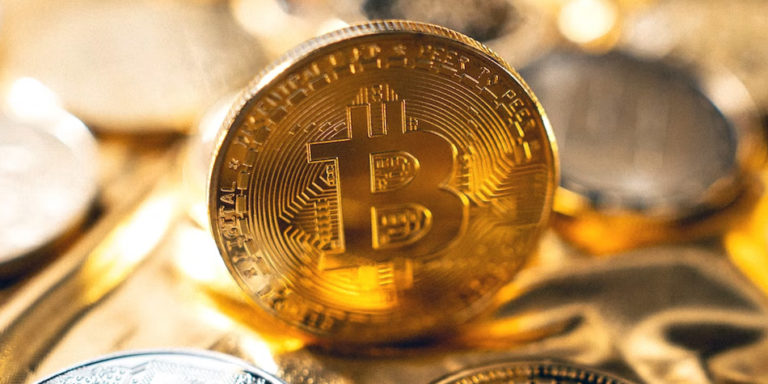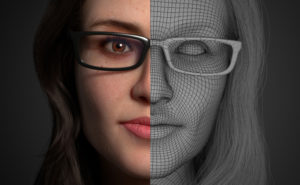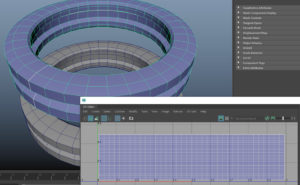Are you a 3D artist looking to enter the NFT market? The digital NFT art space is exploding in popularity, with sales of individual works reaching incredible figures. It’s an exciting new way for artists and designers to make money from their creations and foster collaboration between creatives worldwide.
But how do you get involved in this fast-growing field without feeling overwhelmed or out of your depth? In this blog post, we’ll explore some simple steps on how to enter the NFT market as a 3D artist. Read on to learn more about what’s involved and start selling your work!
- What does NFT mean for 3D modeling?
- What Is a 3D NFT?
- How to make a 3D NFT?
- What kind of art sells on NFT marketplaces?
- Create Marketable 3D Assets
- 3D NFTs are a Great Way to Promote an Up-and-Coming Artist
- Will 3D NFTs have any effect on the NFT Marketplace?
- Ethereum blockchain and NFTs
- Creating an NFT collection steps
- Sell your NFT artwork
- Pick the Right Crypto Wallet
- In conclusion
What does NFT mean for 3D modeling?
NFTs, or non-fungible tokens, can potentially transform the field of 3D modeling in several ways. Here are a few ways in which NFTs could impact 3D modeling:
Ownership verification
One of the main benefits of NFTs is their ability to verify ownership of digital assets. This could be particularly valuable in the world of 3D modeling, where it can be difficult to prove ownership of a particular design or model.
NFTs could help to establish clear ownership rights for 3D models, making it easier for creators to sell their work and for buyers to verify the authenticity of what they’re purchasing.

New revenue streams
NFTs offer a new way for 3D modelers to monetize their work. By creating and selling NFTs that represent their designs, 3D modelers can earn revenue by selling their digital assets.
Increased demand
The rise of NFTs has led to increased demand for digital art and other unique digital assets. This could also translate to increased demand for 3D models as buyers seek out unique and valuable assets to add to their collections.
New creative possibilities
NFTs also offer new creative possibilities for 3D modelers. By creating unique and unique designs represented by NFTs, 3D modelers can push the boundaries of what’s possible in the field.
Overall, NFTs have the potential to transform the way 3D modeling is done and create new opportunities for both modelers and buyers.
What Is a 3D NFT?
A 3D NFT, or a 3-dimensional non-fungible token, is a digital asset representing a unique 3D model or object on a blockchain. NFTs are unique digital tokens that are used to represent ownership of digital assets, such as artwork, music, and videos.
3D NFTs are similar to regular NFTs, but they represent three-dimensional objects or models which can be viewed and interacted with in virtual or augmented reality environments.
3D NFTs can be created using various software and modeling tools and are often associated with gaming and other forms of digital entertainment. They can be bought, sold, and traded on blockchain marketplaces, and their value is determined by factors such as their uniqueness, rarity, and perceived value.
As with other NFTs, ownership of a 3D NFT is recorded on a blockchain, making it secure and tamper-proof.

What is an NFT?
At its core, an NFT is a tokenized digital design asset, certificate of ownership, or digital wallet that is stored on a blockchain network. This certificate verifies the authenticity of a digital asset, such as a piece of art, a video, or a tweet. It allows the owner to prove their ownership of that asset. NFTs are unique, meaning that no two NFTs are exactly the same, even if they represent the same digital asset tokenization used.
Pros of NFT
One of the main advantages of NFTs is that they allow for creating and selling unique digital assets. This has opened up new opportunities for artists, musicians, and creators to monetize their work in ways that were impossible before.
NFTs also offer a new way for collectors to invest in digital art and other digital assets protection and asset protection, which can be a more accessible and affordable alternative to traditional investments.
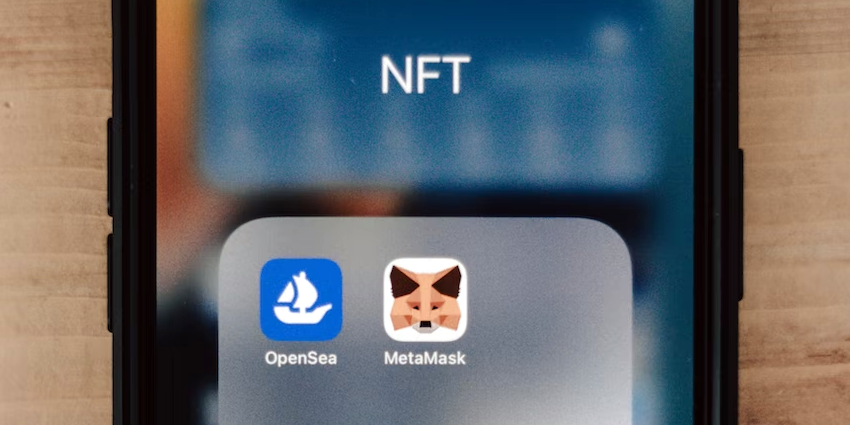
Another benefit of NFTs is that they provide a secure and transparent way to track the ownership and history of a digital asset. Because NFTs are stored on a blockchain, they cannot be altered or deleted, so the ownership of sensitive data owners in an NFT can be verified with certainty.
This makes NFTs an ideal solution for verifying the authenticity of high-value digital assets, such as rare art pieces.
Cons of NFT
Despite the many advantages of NFTs, there are also some potential drawbacks to consider. One of the main criticisms of NFTs is that they have a high environmental cost.
Creating and selling NFTs requires a lot of energy, contributing to the carbon footprint of the blockchain industry. Some people argue that this cost is not worth the benefits of NFTs and the blockchain ecosystem and that alternative solutions should be sought.
Another concern with NFTs is that they are a relatively new and untested technology. There are still many unanswered questions about the legal and regulatory implications of NFTs, as well as the long-term viability of the market.
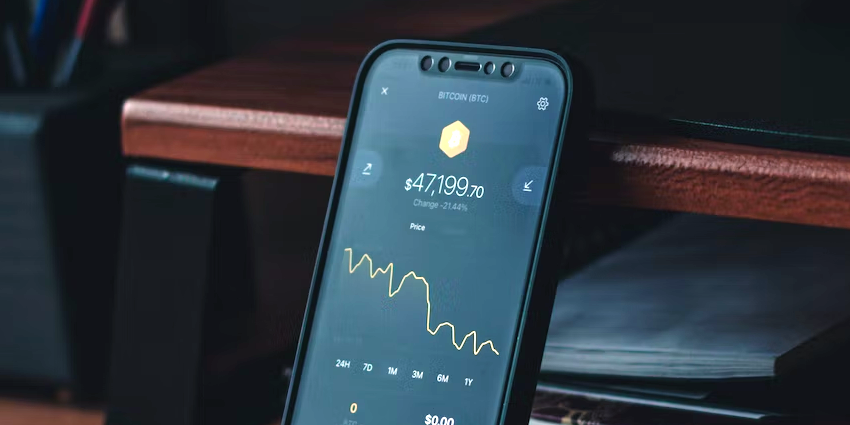
Some experts worry that the hype around NFTs could lead to a bubble in the manufacturing industry that could burst in the near future.
Who is using NFTs?
NFTs are being used by many people and organizations, including artists, musicians, supply chain companies, athletes, supply chain companies interested in chains, just gaming companies, and even celebrities. Some notable examples of NFTs include the digital artwork sold by artist Beeple for $69 million, the NBA Top Shot collectibles, and the tweets sold by Twitter former CEO Jack Dorsey.
Blockchain developers and digital wallet enthusiasts also use NFTs to experiment with new ways of creating and exchanging digital assets. Many blockchain projects are exploring the potential of NFTs for online gaming, social media, and other digital transformation applications.
The future of NFT
The future of NFTs is still uncertain, but many financial industry experts believe they will continue to play a significant role in the digital economy.
As more creators and collectors enter the market for tokenizing digital manufacturing assets, the demand for unique digital assets will likely increase, which could further drive up the value of crypto wallets and NFTs.
However, there are also concerns that the NFT market could become oversaturated or that a regulatory crackdown could dampen enthusiasm for the technology.
Ultimately, the future of NFTs will depend on how well they can balance the benefits of unique digital record ownership with the costs of their creation and sale.
How to make a 3D NFT?
3D NFTs can be an exciting way to take your crypto portfolio to the next level. However, many people don’t know how to start making their own 3D NFTs.
You’ll need a crypto wallet to finalize the transaction once you’ve chosen the 3D asset of your choice from the platform’s catalog. From here, you can start exploring what 3D creations are available on the market and select which ones you’d like to purchase using your wallet.
Once completed, you will officially become an owner of 3D NFTs!
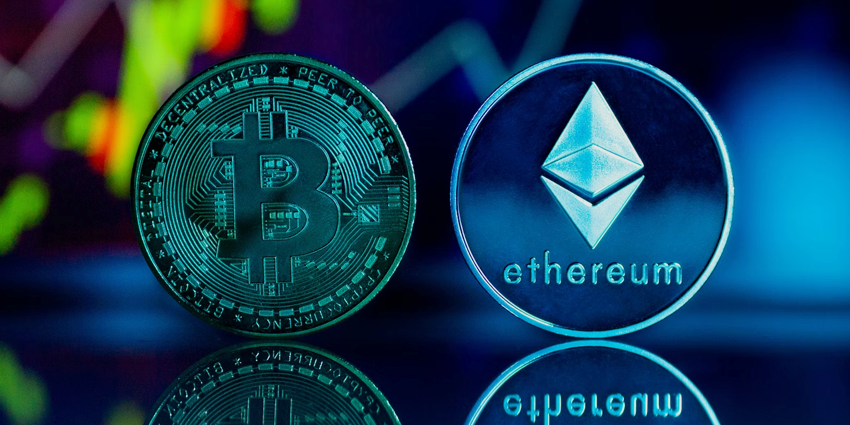
What kind of art sells on NFT marketplaces?
NFT marketplaces have seen a wide range of art and digital assets being sold, but some art categories have been particularly popular and have fetched high prices. Some of the most popular categories of art on a NFT marketplace are:
- Digital Art
- Music and Audio
- Gaming Assets
- Collectibles
- Memes and Digital Culture
Overall, the NFT market is still evolving, and new categories of art and digital assets are always emerging. The key to success in selling NFT assets is to create something unique, creative, and valuable that will capture the interest of potential buyers.
Create Marketable 3D Assets
When it comes to creating marketable 3D assets, the possibilities are truly endless.
From utilizing a NFT marketplace and digital wallets for easy payments and exchanges to leveraging smart manufacturing technology for highly efficient production processes and using digital displays to showcase creations, there are various ways entrepreneurs in the 3D asset game can reach customers worldwide.
Of course, it is also essential that these artists stay abreast of the latest technologies in order to remain competitive in this fast-moving industry.
With commitment and skillful innovation, building a successful 3D asset business can provide sustainable creativity and economic opportunity now and into the future.
3D NFTs are a Great Way to Promote an Up-and-Coming Artist
3D Non-Fungible Tokens (NFTs) are a fantastic way for an up-and-coming artist to garner attention in the digital art scene. For starters, 3D NFTs provides an impressive 3D gallery experience that cannot be found anywhere else due to the technology and possibilities of the blockchain.
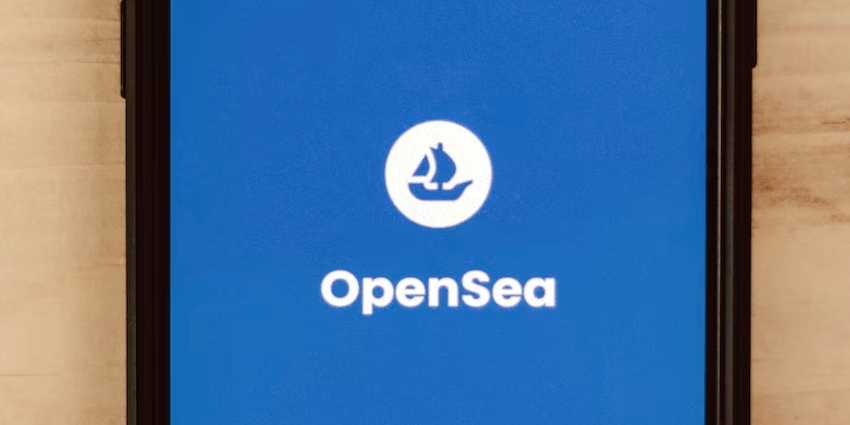
Additionally, these crypto tokens can be bought, sold, and traded much like physical artwork, but with lower overhead costs and higher return potentials.
Leveraging 3D printing technology combined with a 3D NFT platform and crypto wallet, any artist can successfully build their brand on the blockchain with 3D NFTs.
Furthermore, with 3D printing now becoming more widely accepted by many blockchain companies, 3d NFTs offer tremendous value to emerging artists looking to get noticed in today’s art scene.
Will 3D NFTs have any effect on the NFT Marketplace?
The new 3-D NFT technology is anticipated to become a significant breakthrough in the growth of NFT markets through the integration of gaming assets and metaverse construction.
Due to their inherent uniqueness, blockchain game is likely to grow in popularity and have the potential to enhance gaming revenue in the future.
Ethereum blockchain and NFTs
Ethereum is a blockchain-based decentralized platform that enables the creation and execution of smart contracts and decentralized applications (dApps). It was created in 2015 by Vitalik Buterin and has since become one of the most popular blockchain platforms in the world.
Ethereum is related to NFTs because it is the most popular platform for creating and selling NFT. NFTs are created on the Ethereum blockchain using a smart contract, which is a self-executing contract with the terms of the agreement between buyer and seller being directly written into lines of code.

Ethereum’s smart contract technology and its ability to execute decentralized applications have made it an ideal platform for creating NFT assets.
The blockchain’s decentralized nature ensures that each NFT is unique and tamper-proof, making it valuable to collectors and investors.
Creating an NFT collection steps
Choose a Concept
The first step is to develop a concept for your NFT collection. Think about what kind of artwork or 3D NFTs you want to create and what theme or message you want to convey.
Create Your Artwork
Once you have a concept, create your artwork. This could be a digital painting, a photograph, a 3D model, or any other type of 3D NFTs that can be turned into an NFT.
Choose a Blockchain
You must choose a blockchain platform to create your NFT. Ethereum is the most popular platform for NFTs, but others are available, such as Binance Smart Chain, Flow, and Solana.
Create Your NFT
You can create your NFT using various platforms like OpenSea, Rarible, or Mintable. You must connect your digital wallets, such as MetaMask or WalletConnect, to the platform you choose to create your NFT.
Mint Your NFT
After creating your NFT, you must mint it on the chosen blockchain platform. Minting involves uploading your 3D NFTs to the blockchain and creating a unique token representing your NFT.
Set Your NFT Properties
You can set various properties for your NFT, such as the name, description, and metadata. You can also set a price for your NFT, which will determine how much it can be sold for.
Once you have created and minted your NFTs, you can launch your collection. You can promote your NFTs on social media, marketplaces, and other channels to attract potential buyers.
Manage Your Collection
You can manage your NFT collection by adding new NFTs, updating properties, and handling sales. You can also participate in an NFT marketplace and auctions to sell your NFTs to interested buyers.
Creating diverse NFT collections involves creativity, technical knowledge, and marketing skills. However, with the right approach and some luck, you can create a successful NFT collection that generates significant revenue and establishes your reputation as an NFT artist.
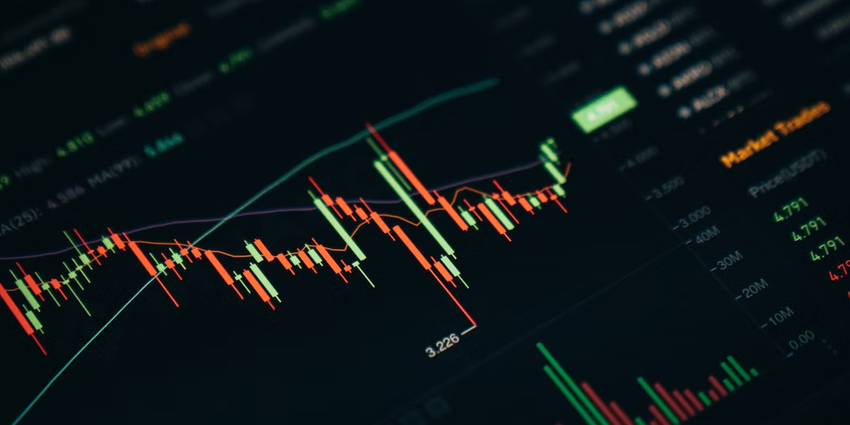
Sell your NFT artwork
OpenSea and Foundation are two popular online marketplaces for buying and selling NFTs, or non-fungible tokens. While both platforms serve a similar purpose, there are some key differences in their focus and features.
OpenSea is one of the largest NFT marketplaces in the world, offering a wide range of 3D NFT for sale, including artwork, video sequences, music, and video game items.
One of the key features of OpenSea’s digital marketplace is its user-friendly interface, which allows buyers and sellers to navigate the platform and search for specific items easily.
OpenSea also offers a variety of tools for creators, including the ability to create and sell their own NFTs and the option to set royalties for future sales of their work.
On the other hand, Foundation is a more curated platform focusing specifically on digital art and collectibles. The platform strongly emphasizes community and curation, with a team of curators handpicking new artists and collections to feature on the platform.
Foundation also offers a more exclusive experience for digital artists, with limited users and a selective application process for artists.
Both OpenSea and Foundation have attracted buyers and sellers to their respective platforms, offering unique features that set them apart from other top NFT art marketplaces.
Ultimately, the choice between the two will depend on the individual user’s preferences and goals for buying or selling NFTs.
Pick the Right Crypto Wallet
Some cryptocurrency wallets don’t support Bitcoin. Some N-TFT-compatible wallet options won’t match a particular marketplace.
You can make your best bet on the best possible Ethereum wallet with Ethereum-based support for ERC-20, eRC-7211, and e. Otherwise, you will have difficulty making your product sell.
Lastly, take into consideration crypto wallet interoperability. You should make the same selection as the 3D NFT platform. It means you can pay your money with ease and make money. It is also about safety.
A key feature in a wallet that you can use is the seed phrase biometric-enabled login and auto-lock.
Read a more in-depth analysis of Crypto Wallets.
In conclusion
3D art is becoming an increasingly popular medium for creating and selling non-fungible tokens (NFTs). With its ability to create visually stunning and unique digital assets, 3D art allows artists to reach a wider audience and monetize their work in new and exciting ways.
Using blockchain technology for NFTs also provides a secure and transparent way to verify the ownership and authenticity of these digital assets. As the NFT market continues to grow and evolve, we can expect to see even more innovative uses of 3D art and other forms of digital media.
Nyx, General Manager and Editor at Vertex Mode, is a seasoned 3D Artist in gaming and film, sharing insights on Digital Art and its creators.
